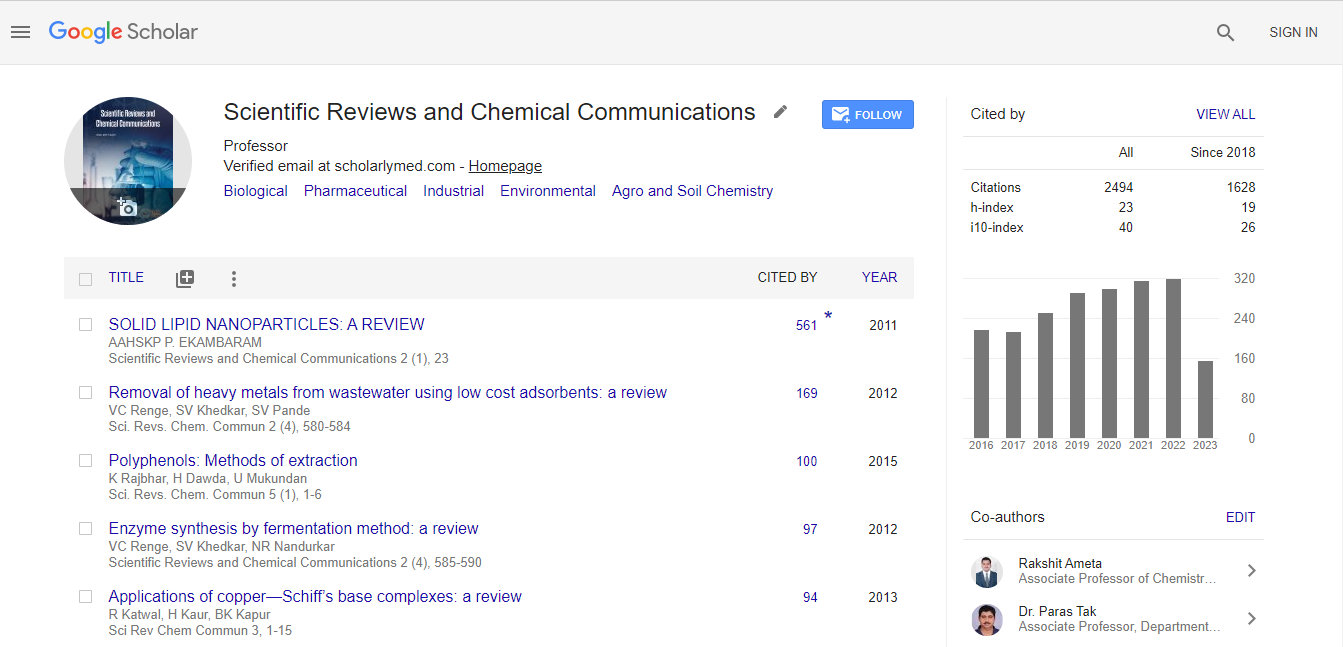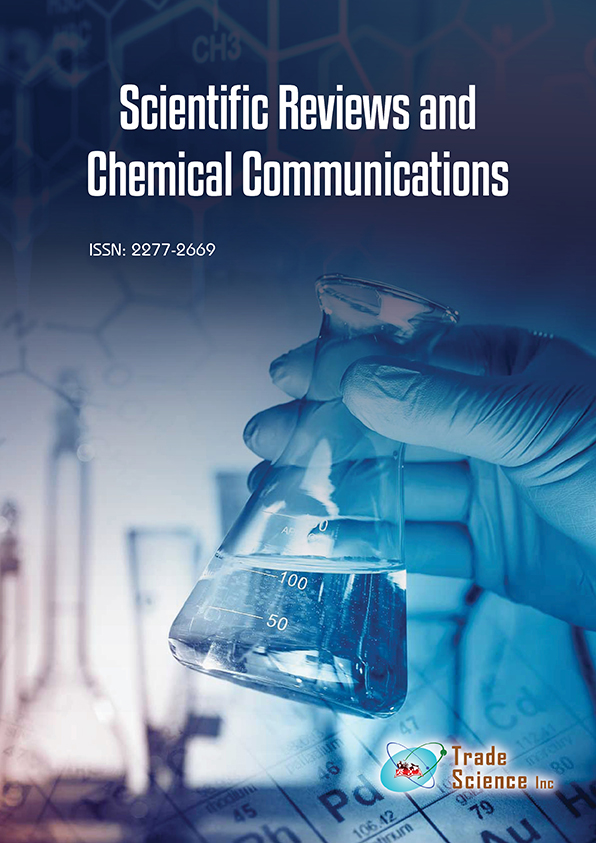Short communication
, Volume: 10( 5)Challenges and opportunities in multi-scale computational modeling of (photo-) electrocatalytic processes
Author Name: Tadashi Ogitsu Lawrence
Abstract
Renewable energy sources, such as solar and wind energies, are intermittent in nature and show large variation in its geographical distribution, leading to necessity of scalable energy storage and re-distribution solutions. Hydrogen and hydrogen rich organic species are good candidates for such energy carrier due to its abundance of constituent elements and their high energy densities that stems from the low atomic weight of hydrogen. While methodologies for synthesizing such energy carriers already exist, further improvements are necessary for accelerating mass deployment of renewable energy.
Introduction
Renewable energy sources, such as solar and wind energies, are intermittent in nature and show large variation in its geographical distribution, leading to necessity of scalable energy storage and re-distribution solutions. Hydrogen and hydrogen rich organic species are good candidates for such energy carrier due to its abundance of constituent elements and their high energy densities that stems from the low atomic weight of hydrogen. While methodologies for synthesizing such energy carriers already exist, further improvements are necessary for accelerating mass deployment of renewable energy. In this talk, we will overview multi-scale aspect of (photo-)electrocatalytic processes commonly seen in water electrolysis, CO2 reduction, ammonia synthesis, and discuss about a few important concepts, time scale of individual processes, scaling relation in microscopic electrocatalytic processes and macroscopic bifurcation behavior, which are intimately connected each other. We will then discuss about the ab-initio based computational methods that can be used to obtain fundamental information such as reaction free energy profile of electrocatalytic process under realistic condition (pH, potential, ion type) with various degree of approximations. Gaining deep insights into such factors will facilitate development of the method to modulate energetics and kinetics of individual electrochemical process, and help overcoming the scaling relation that poses challenges in optimizing multi-step catalytic process and/or product selectivity. We note that such ab-initio based approach provide a way to calculate spectroscopic signature of the model system, which will enable us to validate the computational model by comparing with operando spectroscopy data.

